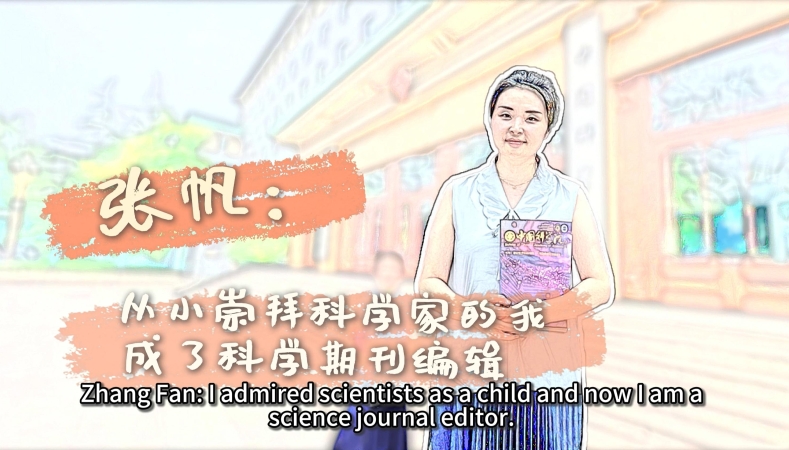A Look Inside China Space Station

The interior of China's Tiangong space station (up) VS the International Space Station. (PHOTO: SCREENSHOT)
Edited by QI Liming
China's space program is making impressive progress as seen by the success of China Space Station (CSS) Tiangong in low Earth orbit between 340 and 450 km above the surface. It is China's first long-term space station and has some innovative technology under its skin.
Apart from its own space development, in the future China also plans to carry out more in-depth space related exchanges and cooperation with other countries in its commitment to the peaceful use of outer space.
Life in Tiangong
According to the information released on Space website and data from Xinhua, CSS is identified as a modular space station, and is assembled in orbit from modules launched separately. This is a feature of third-generation space stations.
As the core module of CSS, Tianhe provides living quarters for the crew members, containing three separate sleeping berths, a toilet, shower facility, and gym equipment.
At least one berth features a small window, a headphone, ventilation, and other amenities. Other properties and facilities include:
● The planned pressurized (habitable) volume will be 110 m3.
● Neuromuscular electrical stimulators to prevent muscle atrophy.
Tiangong has a Wi-Fi network for wireless connection and each astronaut wears a bone-conduction headphone and microphone for easy communication.
120 different types of food, selected based on astronauts' preferences, are stored aboard CSS. Food storage is resupplied by trips of the Tianzhou-class cargo ship. Fresh fruits and vegetables are stored in coolers.
All the taikonauts have a handheld terminal connected to an APP to operate the cabin light among work, sleep, and exercise modes.
A private voice channel has been reserved for the crew to call their families and friends on Earth.
CSS VS ISS interiors side-by-side
As Our Planet website reported that once completed, CSS will have a mass between 80 to 100 tons. Its interior will look more futuristic than that of the International Space Station (ISS), but that's not the only difference. Other major differences include:
● CSS will be lighter than ISS, at about between 80 and 100 tons in weight. ISS weighs about 400 tons following the recent addition of Russia's Nauka module.
● CSS is fitted with the Chinese Docking Mechanism, based on the Russian Androgynous Peripheral Attach System (APAS-89/APAS-95). ISS also has APAS-95 docking ports, so both space stations' docking systems should be compatible in theory.
● The regular size of ISS crew is six, but it has supported as many as 13 crew members onboard. CSS is currently equipped to handle three taikonauts.
● CSS will be quieter. The noise level in the working area is 58 decibels (dBA), while in the sleeping area, the noise is kept at 49 dBA. Acoustic levels at most locations on ISS are close to 60 dBA.
What does CSS convey
According to BBC journalists, China is keen to develop satellite technology for telecommunications, air traffic management, weather forecasting and more.
Andrew Jones, a freelance space journalist, said that CSS is also likely to host international astronauts in the future.
Meanwhile European Space Agency astronauts Samantha Cristoforetti and Matthias Maurer trained with their Chinese counterparts in 2017, in a small step toward a possible future visit to CSS, the European Space Agency reported. Astronauts from other countries, particularly those involved in China's Belt and Road Initiative, may travel to CSS as well.


